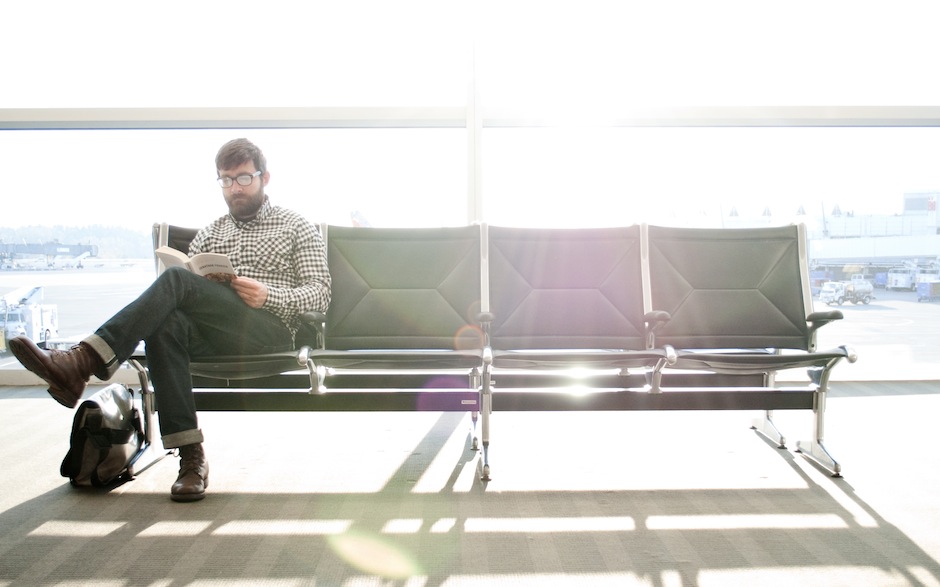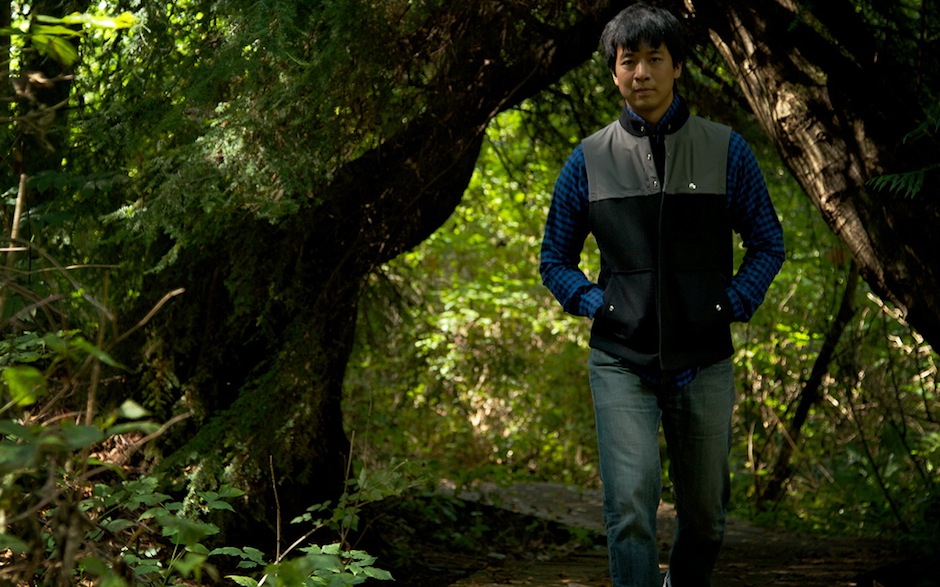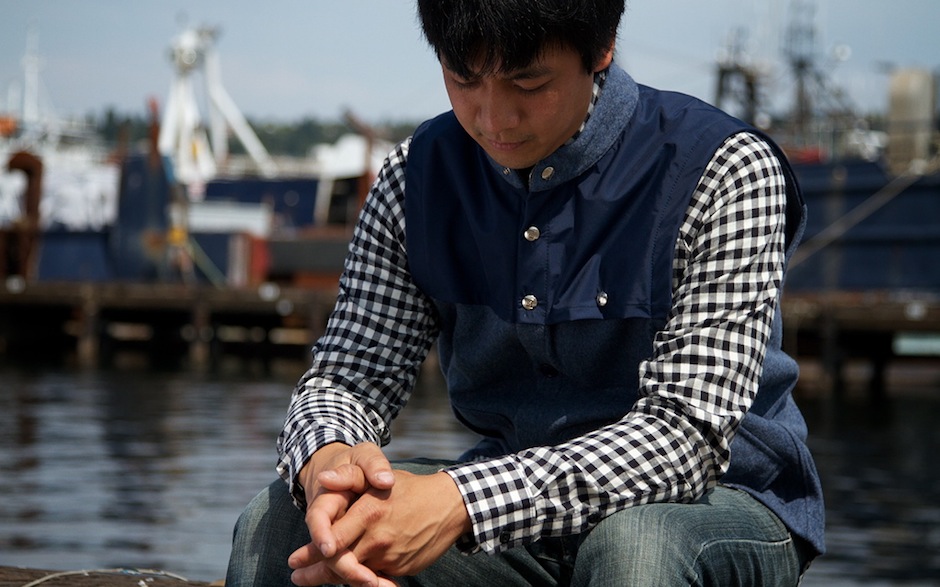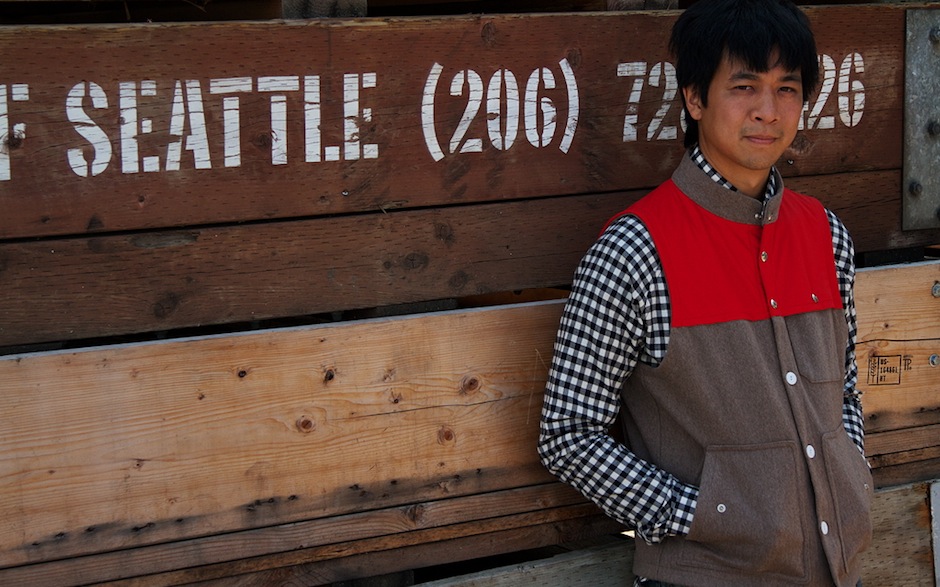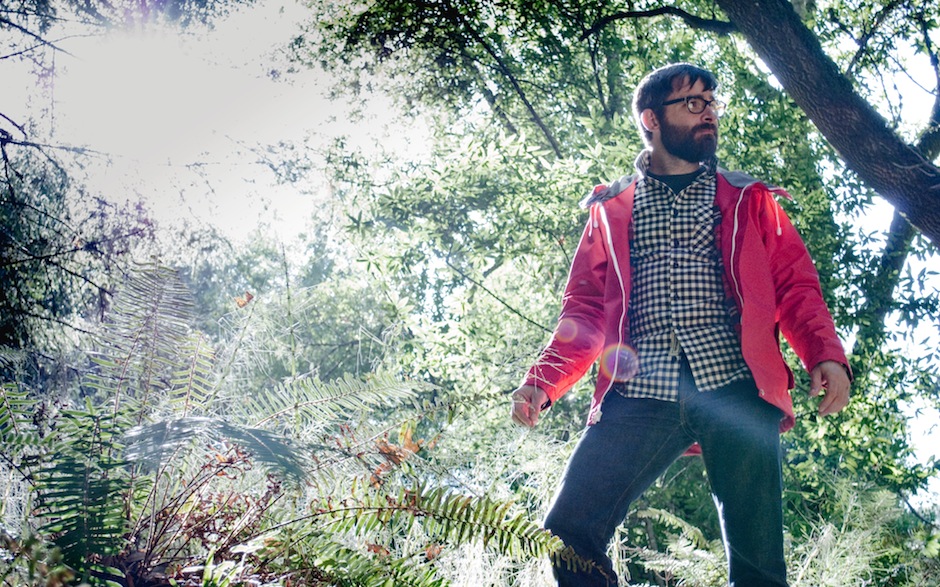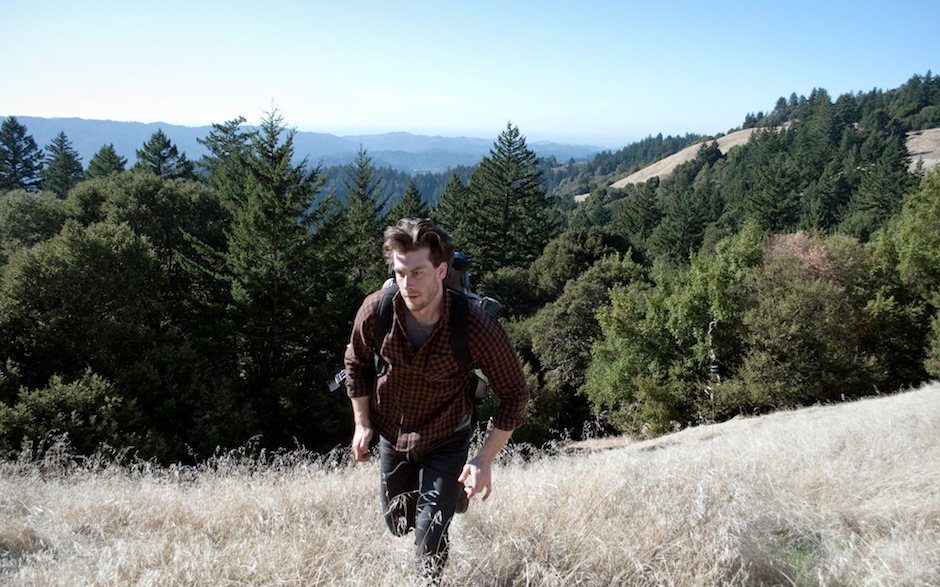When the time comes to shop for something specific, usually it’s impossible to unearth. You set high hopes only to be disappointed by the retail selection at hand. The same was true when Scott Freeman set out to find a rain jacket that could both stand up to the weather and was USA-made. So when he couldn’t pinpoint exactly what he was looking for, instead of giving up, he decided to make it. And so with his wife, Brittany, Freeman Seattle was born. We caught up with them to talk about how they got started, what people are saying about the brand and where to go in Seattle the next time you visit. Check out the Q&A below.

Freeman was built on the notion of creating pieces people are always looking for but can’t find. What were the types of pieces you wanted to buy but needed to design because they weren’t available?
We launched Freeman Seattle in 2010 on a very simple idea at first: Scott wanted to buy a classic-looking rain jacket that was up to the task of keeping the elements at bay and, above all, really wanted to support a USA-made brand in the process. After searching Seattle and beyond, we quickly realized it didn’t exist. So we decided to make it, really only intending to produce a single jacket.
The rain jacket was our first foray and is still the item most associated with our brand. Another piece very much motivated by the “hunt for the elusive” is our Commodore Vest. Again inspired by the desire to marry a commonly found style into a new unique form, we took cut and styling notes from a traditional down vest but wanted the slimmer look of wool without the v-neck design found in many “gentleman hunting” styles of wool vests. The result was something part 70s mountaineering, part 20s woodsman and very much Freeman Seattle. I think the Commodore really captures the aesthetic we strive for, which could be summed up as something that looks very familiar and classic while being totally new all at once.
Scott, you started out as a carpenter. What types of skills and design details translate from that craft to clothing design?
When we were first sewing made-to-order jackets, I had high hopes my experience with taking a raw material and forming it into a well-conceived finished product would translate from cabinetry to garment building. Naive is the word that best comes to mind. While I think the concepts driving these two trades is similar, and I am grateful my mind seems to be wired for both, I would pick the relatively stable form of wood any day over fabric. I have said it in the past, and knowing what I know now about sewing and garment construction, it bears repeating: the sewing craft requires equal if not higher levels of skill than cabinetry. I am always impressed working with our shop at the products they produce. They deserve a lot of praise!
What seems to be the favorite piece of customers thus far?
The Freeman Rain Jacket. It was our original and now most senior piece, so it has a head start over the others. But there are other things that make it stand out. I think it’s partly due to the fact American-made rain jackets are a pretty unique offering in the current landscape. I think the other component is the idea of a small, Seattle-based company spearheading the effort. I don’t know if you caught The Killing on AMC, but they paint a bleak and heavily saturated picture of the Seattle climate, so maybe people want to know the rain jacket they’re buying comes from those in the know? If I was going to buy swim trunks, I think a Hawaiian company would steer me in the right direction. Same idea I suppose.
We want to visit Seattle but don’t know where to go. Any tips on how to navigate the city like a local?
Well, you’re in luck – Seattle isn’t huge, so you can navigate it like a local and catch the tourist sites en route. I’d say in my experience traveling, a great way to get a good picture of a city is through its favorite bars. They’re a window to the soul of sorts. On this topic, I have a few recommendations, namely, our favorite site for Freeman meetings, Hatties Hat. This long-standing establishment finds itself in a great little borough of Seattle called Ballard. Catch the Locks and see the Deadliest Catch bar to fill-out your tourist to-do list, but make sure you see Hatties Hat for respite from weight of being a traveler in a foreign city. Another recommendation, which includes some fine bar and eating options is the Georgetown neighborhood in the industrial heart of Seattle. If food or beverage isn’t your thing, check out Discovery Park. It’s a vast, former military base since reclaimed by the city of Seattle and is now the largest park in the city ( I believe) with tons of trails and vistas, picturesque in all weather patterns. If you’re in the right season, catch a Mariners game too; while our team may be in a “building” phase, our ballpark is top notch.
To learn more about Freeman Seattle and shop, visit freemanseattle.com.
